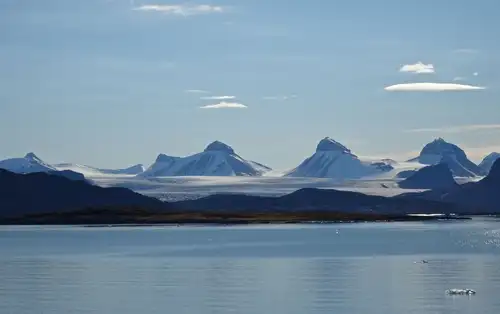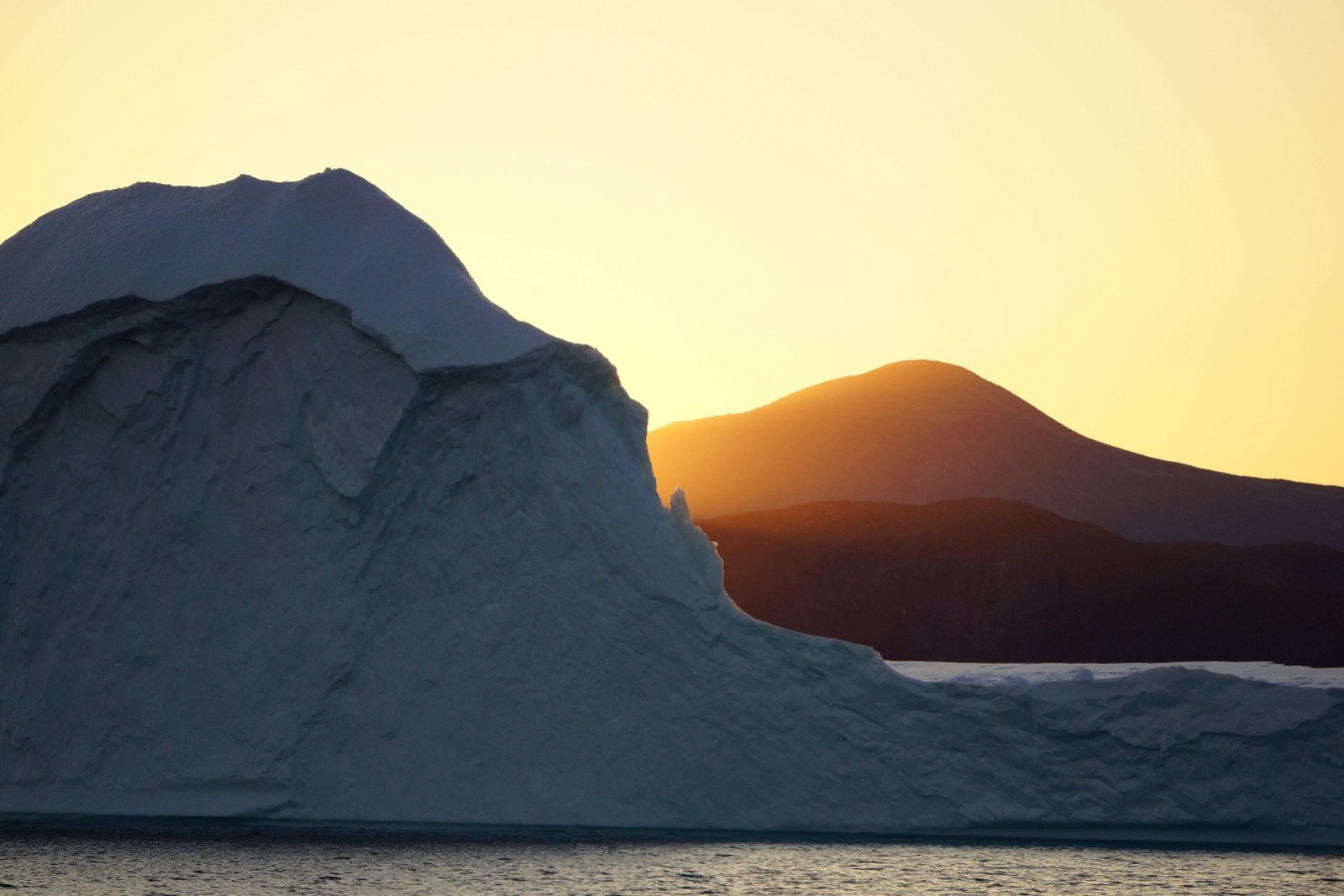The midnight sun, also referred to as the polar day, is a fascinating natural event observed within the Arctic and Antarctic circles. During the polar summer, the sun remains above the horizon for 24 hours a day, resulting in continuous daylight without any sunrise or sunset. This phenomenon occurs due to the Earth's seasonal tilt towards the sun during the summer months in these regions.
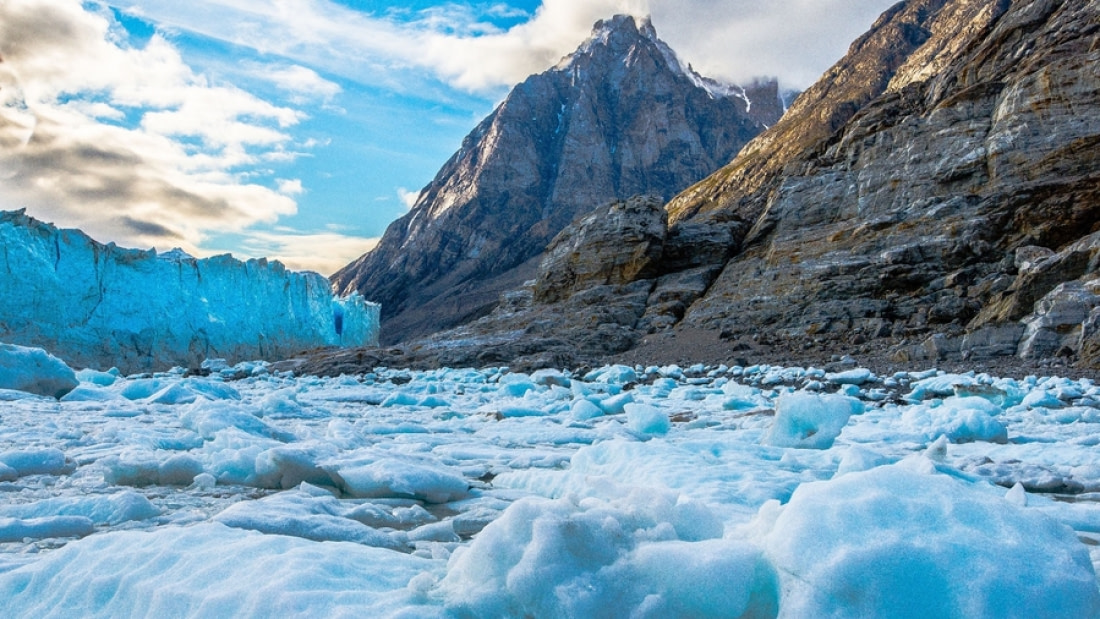
Seasons in Antarctica and the Arctic
Seasonal variations are driven by the Earth's movement and its changing distance from the sun. While many regions experience four distinct seasons, this is not the case everywhere. In equatorial regions and at the poles, the year is often divided into two main seasons. At the equator, the year is split into the dry and rainy (monsoon) seasons. At the poles, winter and summer are the primary seasons, with spring and autumn being less defined compared to temperate regions.
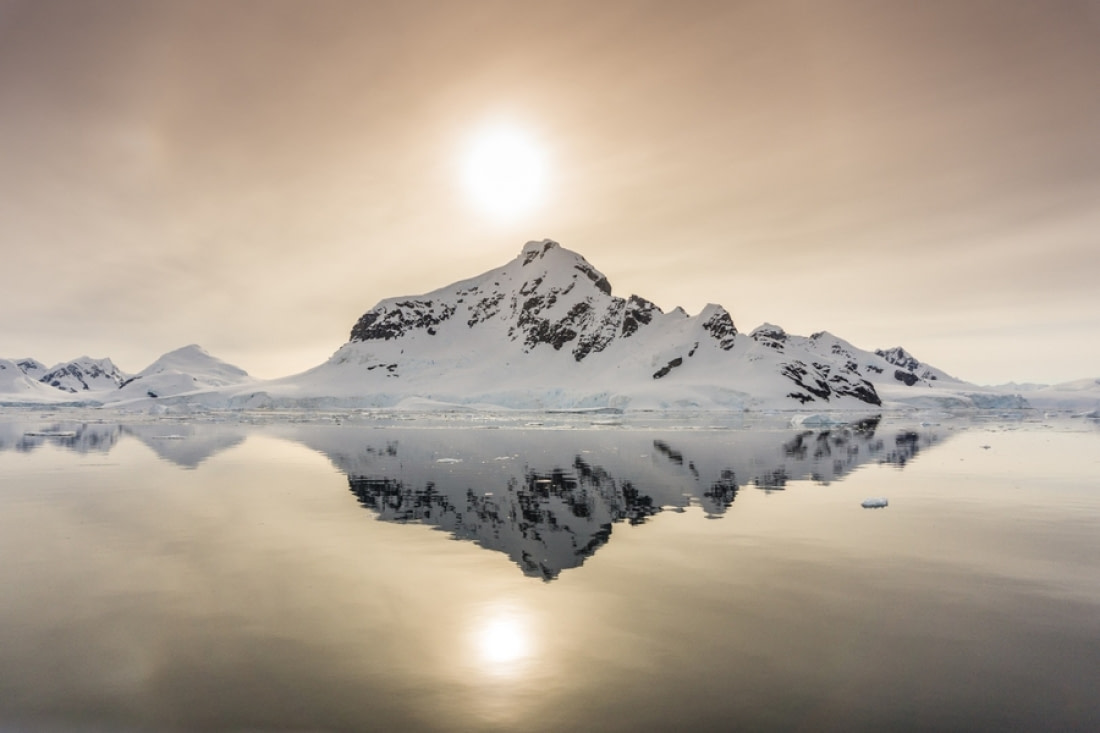
Planetary tilt = polar night or midnight sun
In polar regions, the midnight sun occurs due to the Earth's tilt during the polar summer. One pole is angled towards the sun, preventing the region from falling into shadow as the Earth rotates, resulting in continuous daylight. Conversely, the opposite pole experiences extended periods of darkness, known as the polar night.
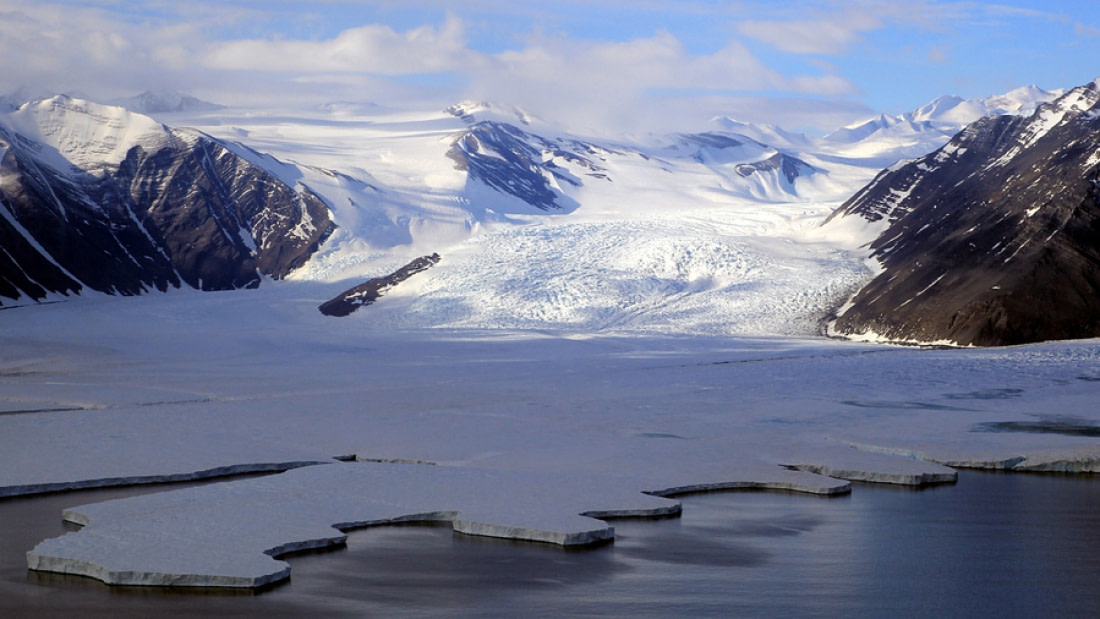
Arctic and Antarctic albedo
Albedo measures the amount of light reflected off a surface. The polar regions, covered in white snow and ice, have a high albedo, reflecting most of the sunlight back into the atmosphere. This reflection helps maintain the cold temperatures in these areas throughout the year.
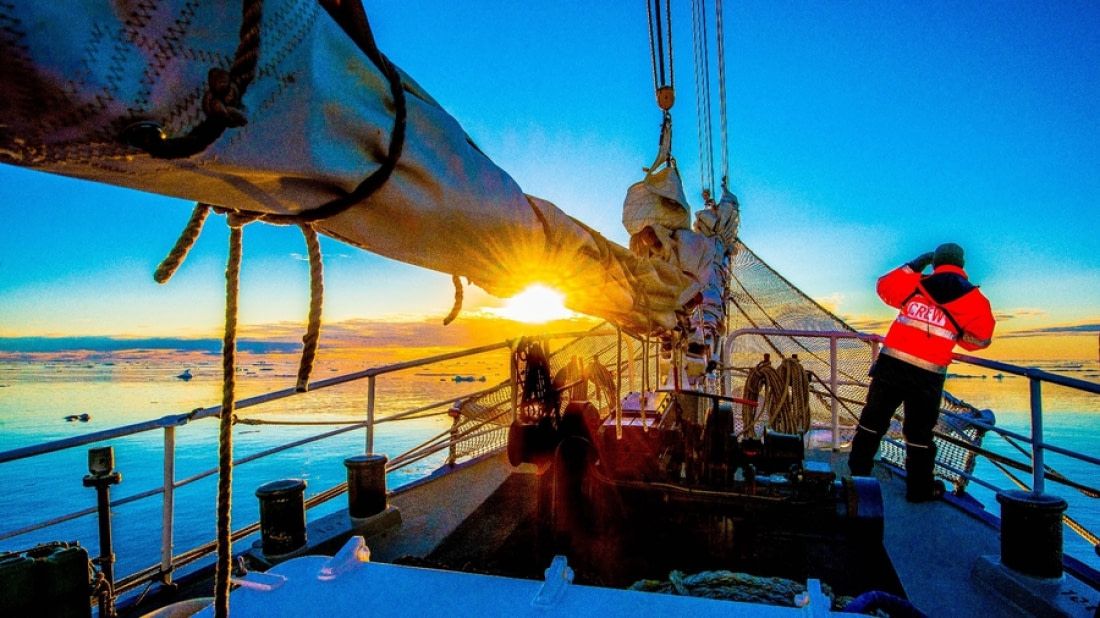
Experiencing the midnight sun
The experience of the midnight sun varies depending on your location within the polar regions. In lower latitudes, the sun rises and falls but remains above the horizon. Closer to the poles, the sun stays higher in the sky with minimal oscillation. One downside of visiting during the midnight sun season is the reduced likelihood of witnessing the aurora borealis or aurora australis due to the constant daylight.

Arctic light, Antarctic darkness
At the poles, the sun rises and sets only once a year, marking the summer and winter equinoxes. During the polar spring, the sun rises and continues to ascend until it peaks in summer. The polar autumn brings twilight, with the sun just below the horizon, creating a soft glow. Winter is characterized by complete darkness.
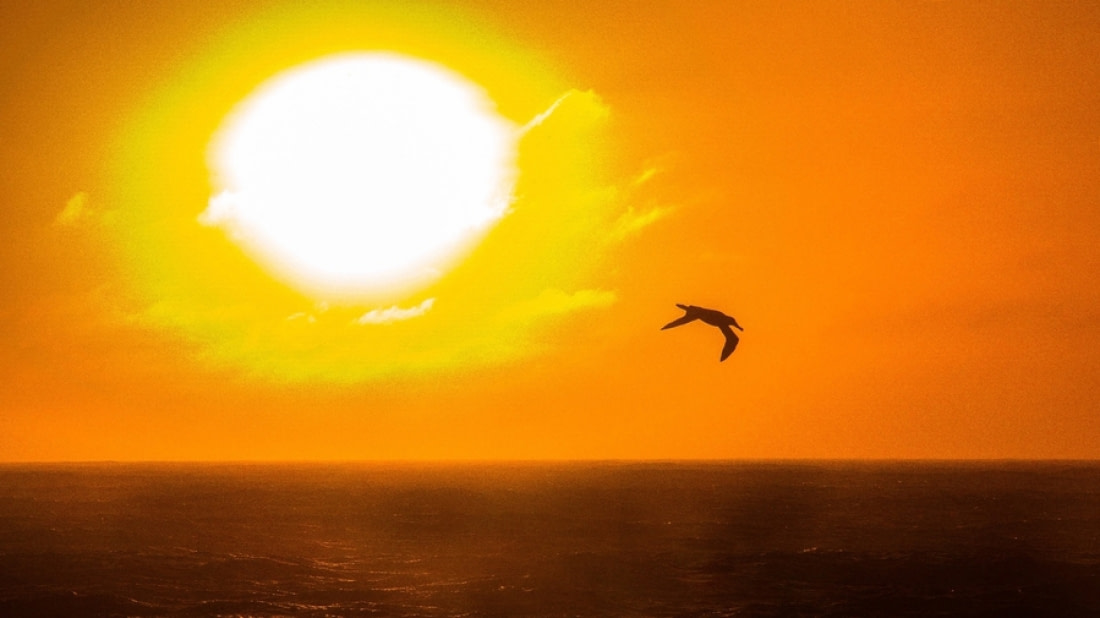
How the midnight sun affects wildlife
The midnight sun season is a bustling time for wildlife. In lower latitudes with vegetation, there is a surge in plant growth. Animals work to gain weight, and breeding seasons commence. Interestingly, polar animals do not hibernate during the polar night, as food availability remains constant. Only pregnant female polar bears hibernate, giving birth between November and January, and emerging with their cubs when the sun returns around late March or April.

Norway, Iceland, Alaska, and other midnight sun locations
The midnight sun can be observed in both the Arctic and Antarctica, depending on the time of year. In the northern hemisphere, it lasts from mid-April to mid-August and can be seen in Greenland, Svalbard, Russia, Canada, Alaska, and Scandinavian countries. In Svalbard, the sun does not set for sixty days. During the southern hemisphere summer, adventurous voyages to Antarctica offer opportunities to witness the midnight sun.
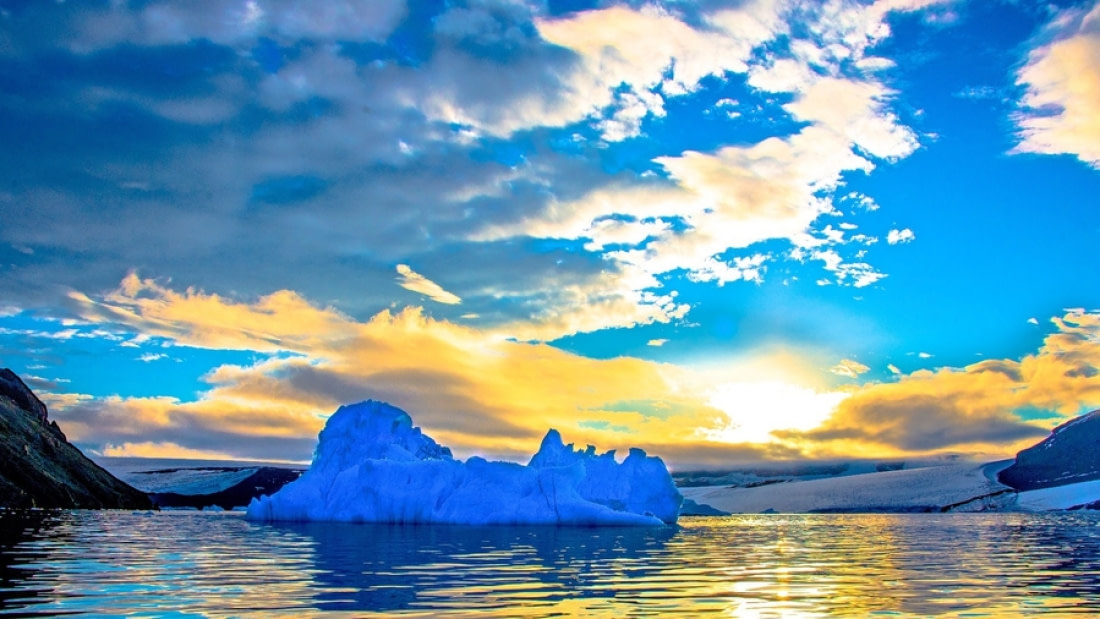
See the midnight sun outside the Arctic Circle
Eagle Summit in Alaska is one of the few places outside the Arctic Circle where you can experience the midnight sun. This is due to its altitude rather than its latitude. However, the summit's harsh winds and rain make it a less comfortable location to witness this phenomenon.
Blog


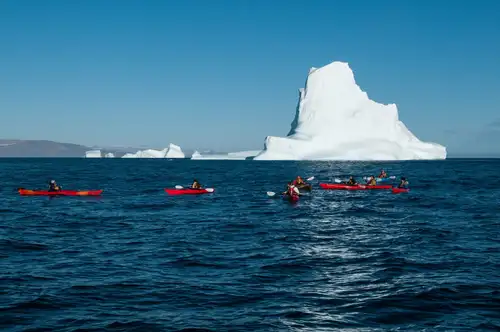
Kayaking In Greenland
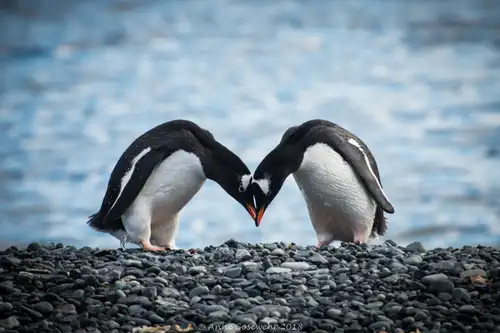
Polar Amore: 14 Wildlife Pics to Warm up Your Valentine’s Day
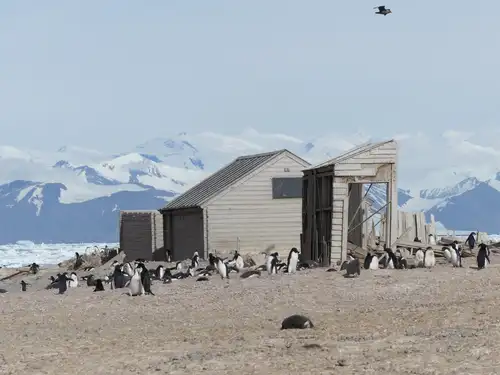
The First Buildings in Antarctica: Borchgrevink’s Historic Huts
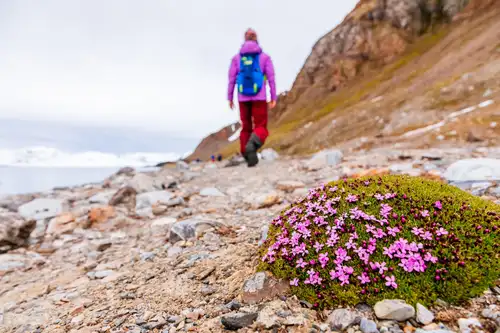
Seizing the Season: Spitsbergen’s Late Spring, Early Summer
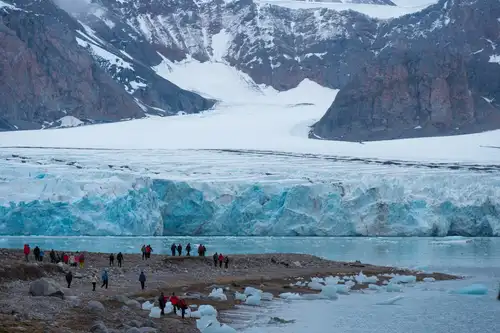
16 Conversation-Starting Svalbard Facts
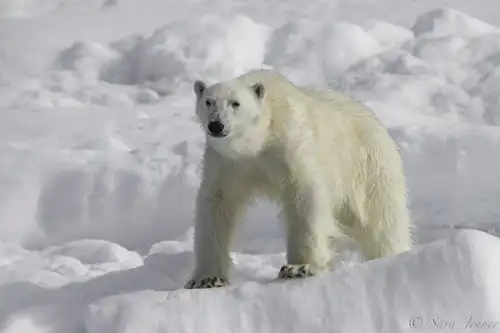
International Polar Bear Day
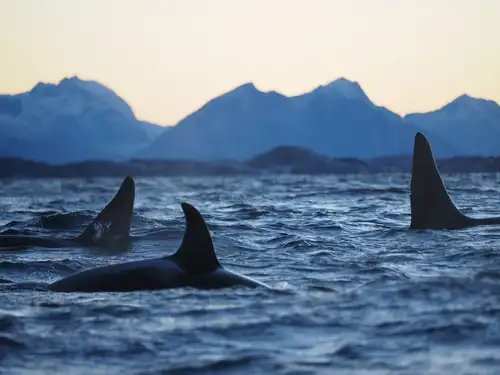
Orcas of the Polar Seas
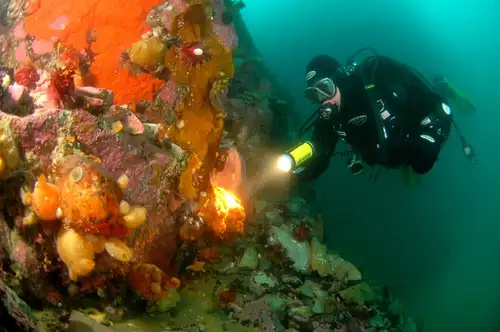
Diving in Antarctica: The Ultimate Underwater Experience
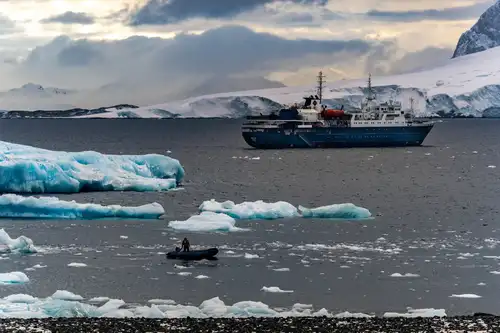
The Seasons of Antarctica: When to Visit and Why
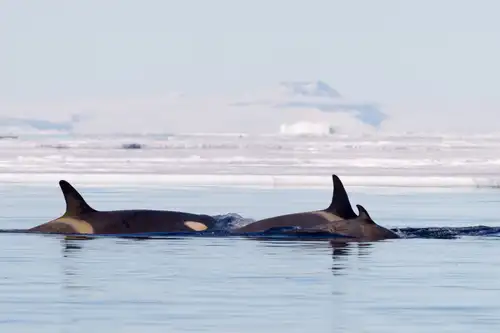
Antarctica’s first Marine Protected Area
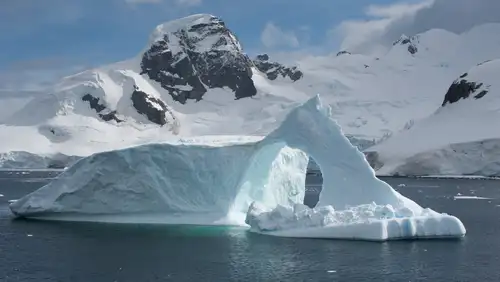
All things ice in the Antarctic

Earth vs. Mars: Polar Regions Compared
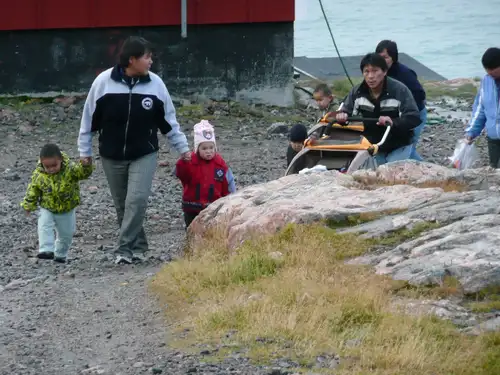
Greenlandic Inuit Beliefs
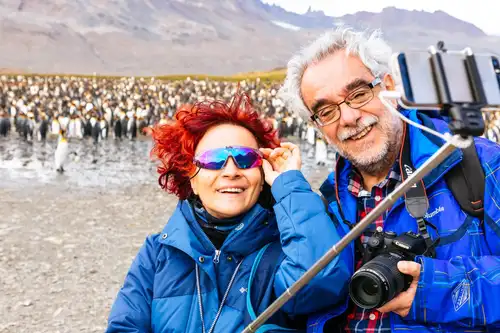
Two for the Snow: Polar Cruises for Couples
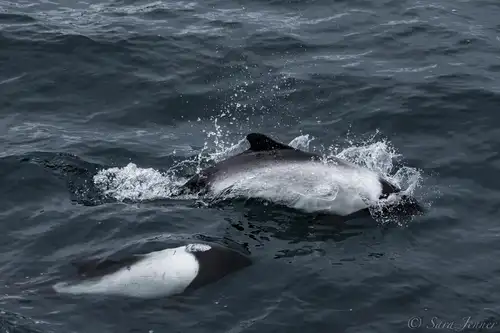
The Small but Social Commerson’s Dolphin
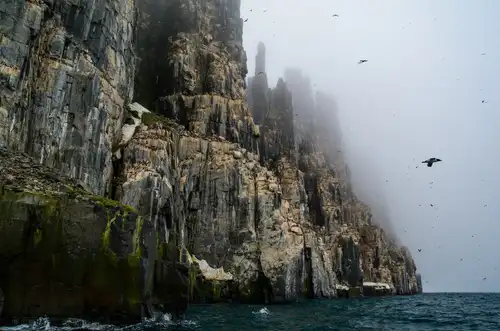
Spitsbergen: Alkefjellet magic

Traditional Lifestyles of the Inuit

Cheapest Antarctica Cruises: How to Save on Your Journey
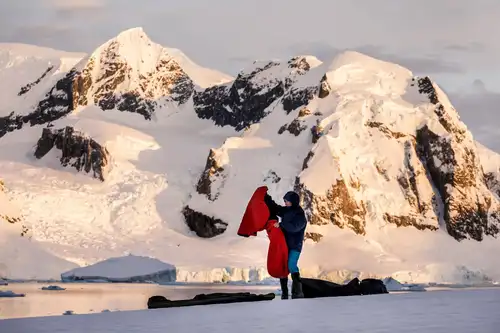
Camping in Antarctica: a True Expedition Experience
